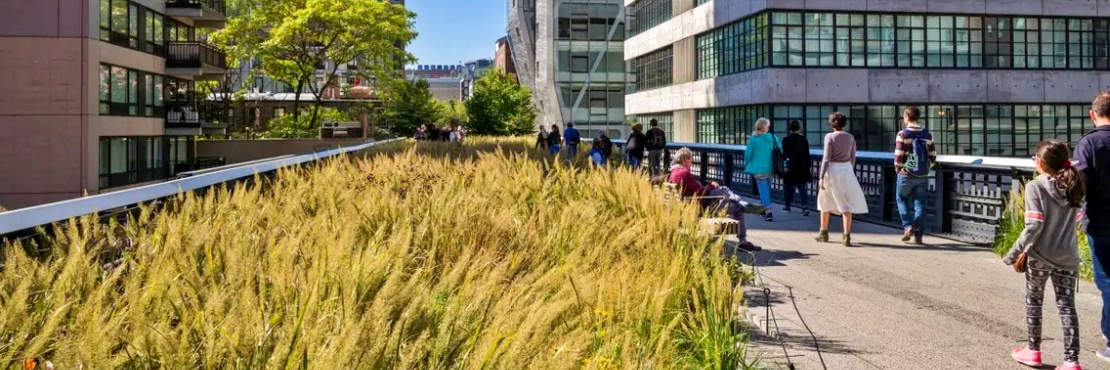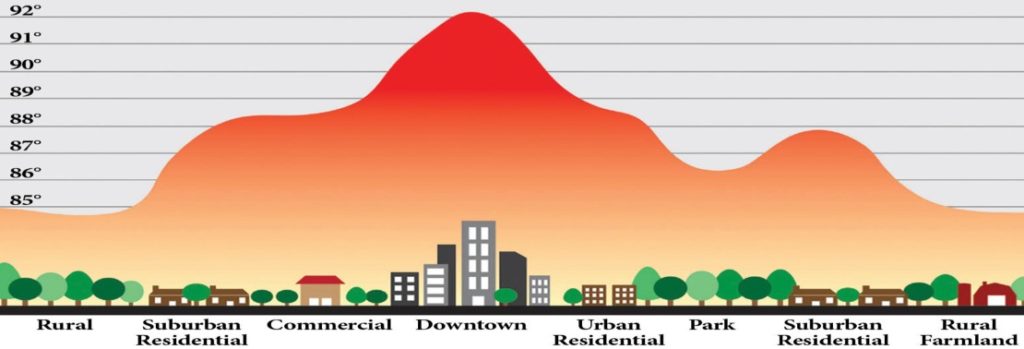Erica Sweeney of Business Insider writes:
Setting ordinances to build more green roofs, planting trees and native plants, and designing community green spaces are just a few ways that many cities are investing in green infrastructure to solve climate-related problems and promote the health of residents.
- Green infrastructure can help cities solve climate problems and promote the health of residents.
- Things like urban greenery can also offer environmental, social, and economic benefits to a city.
- Challenges include funding, stakeholder buy-in, and outdated city codes — but partnerships can help.
Expanding greenery in urban areas, for example, helps cities manage stormwater, reduce energy use, improve air quality, enhance the quality of life of residents, reduce the urban heat island effect, and boost local economies.
“Cities are seeing their green roofs as an opportunity to provide a variety of infrastructure benefits to help us future-proof our cities against climate change…”
Steven Peck, the founder and president of Green Roofs for Healthy Cities.
“A lot of cities are becoming more concerned with environmental stressors that climate change is bringing,” such as sea-level rise, saltwater intrusion, and more intense tornadoes and storms, Gail Hansen, an associate professor at the University of Florida’s Environmental Horticulture Department, told Insider.
“One big trend is resilient city plans, and using green infrastructure is a big part of those plans to protect cities from these stressors,” she added.
Last year, 31 mayors of cities, including Los Angeles, New Orleans, Seattle, and Austin, signed the C40 Urban Nature Declaration to show their commitment to green infrastructure.
The cities pledged to convert up to 40% of city surfaces to green or blue, that’s water-related features, infrastructure by 2030 — including trees, urban forests, ponds, and parks with sustainable drainage systems — and ensure that 70% of their residents have access to green or blue public areas, such as wetlands or ponds, within a 15-minute walk or bike ride.
“Cities have to be very future thinking,” Hansen said. Those invested in green infrastructure can become environmentally healthier and more resilient, which provides opportunities for residents and economies to thrive.
Green roofs and other infrastructure are becoming a focus for cities
One green-infrastructure trend is a green roof, which is a layer of vegetation planted over a waterproofing system atop a building. Plants absorb rainwater, preventing it from running off the roof’s surface and potentially causing flooding.
 Greenroofs.comConnecting the Planet + Living Architecture
Greenroofs.comConnecting the Planet + Living Architecture









